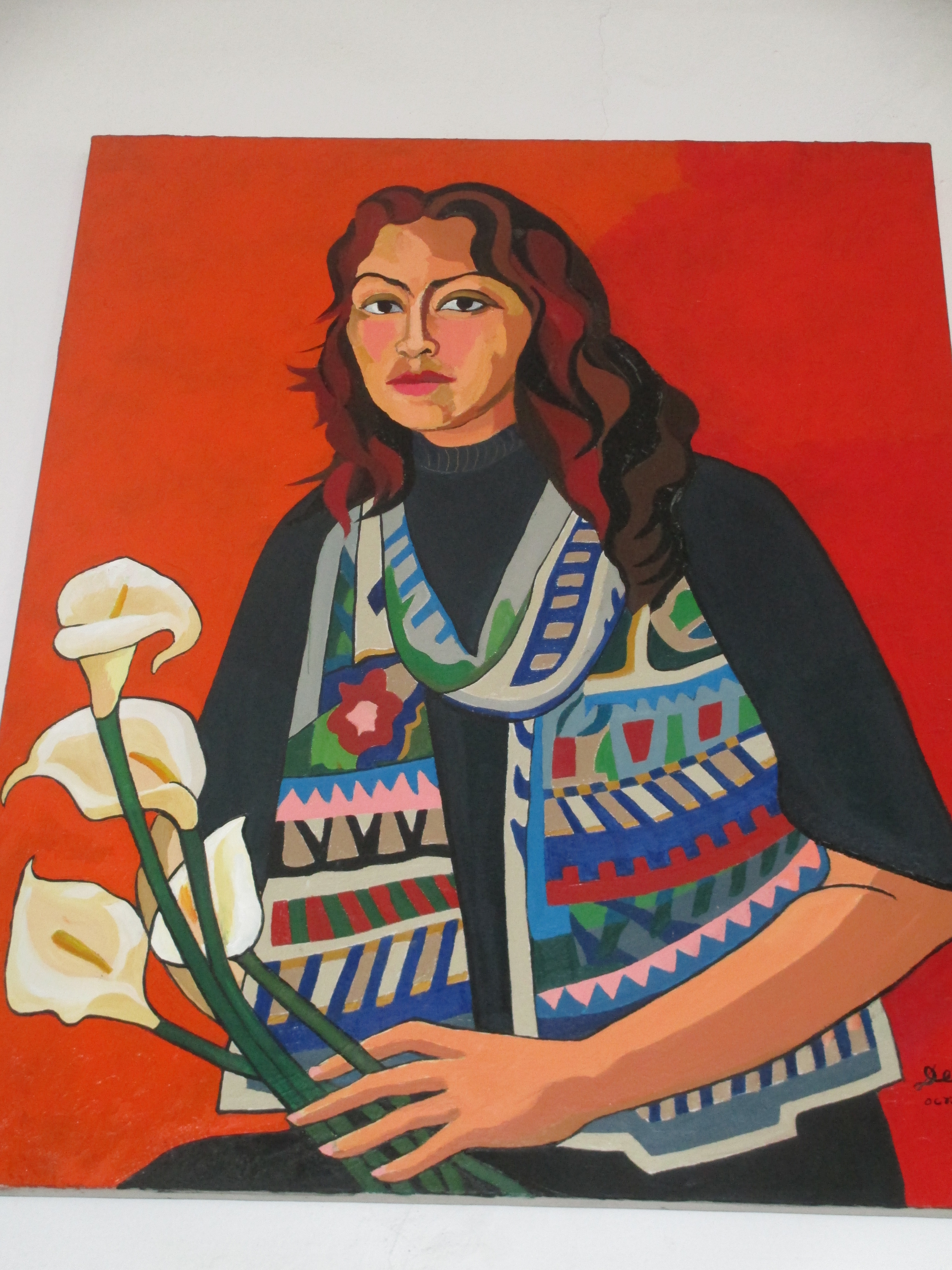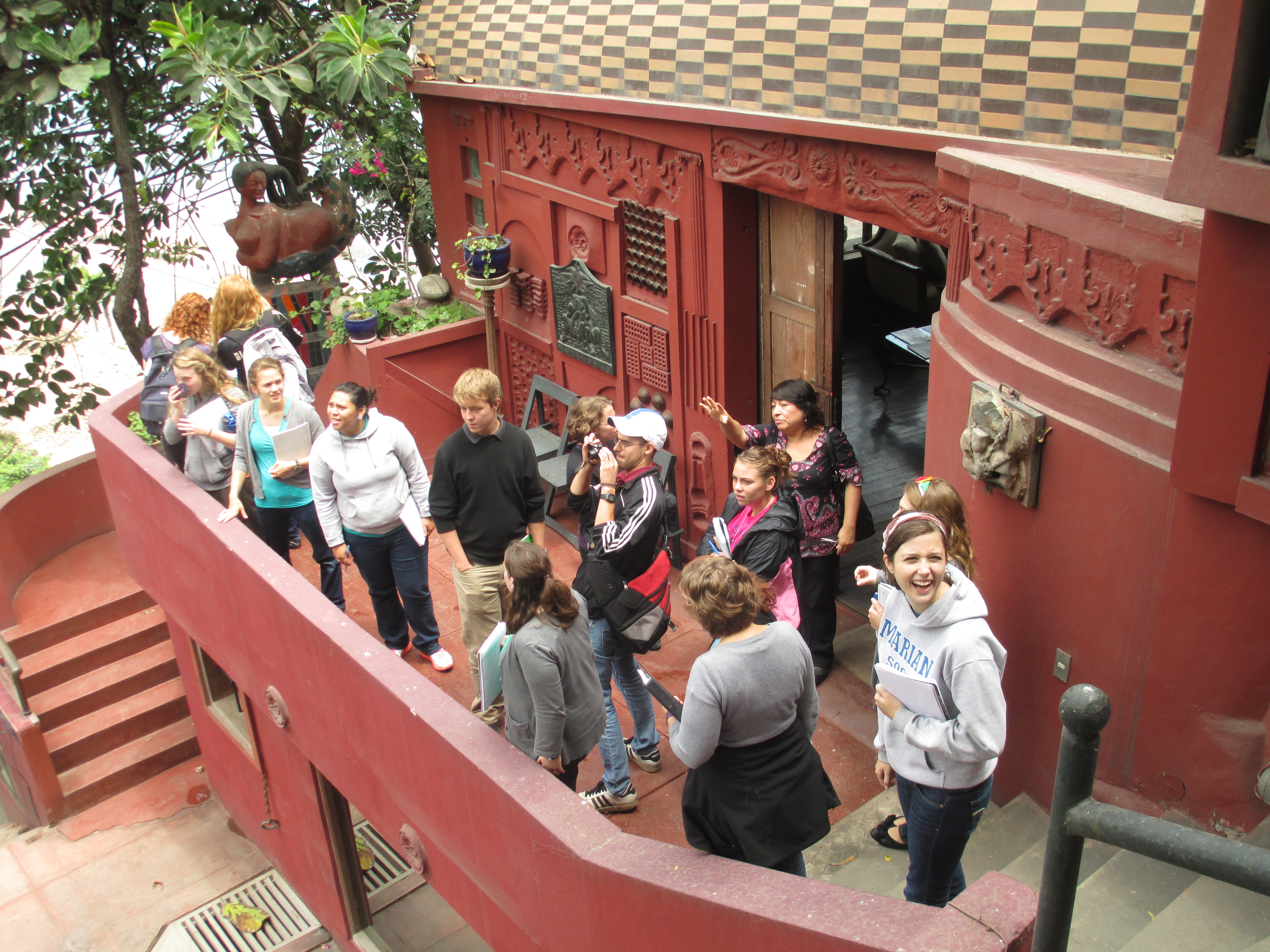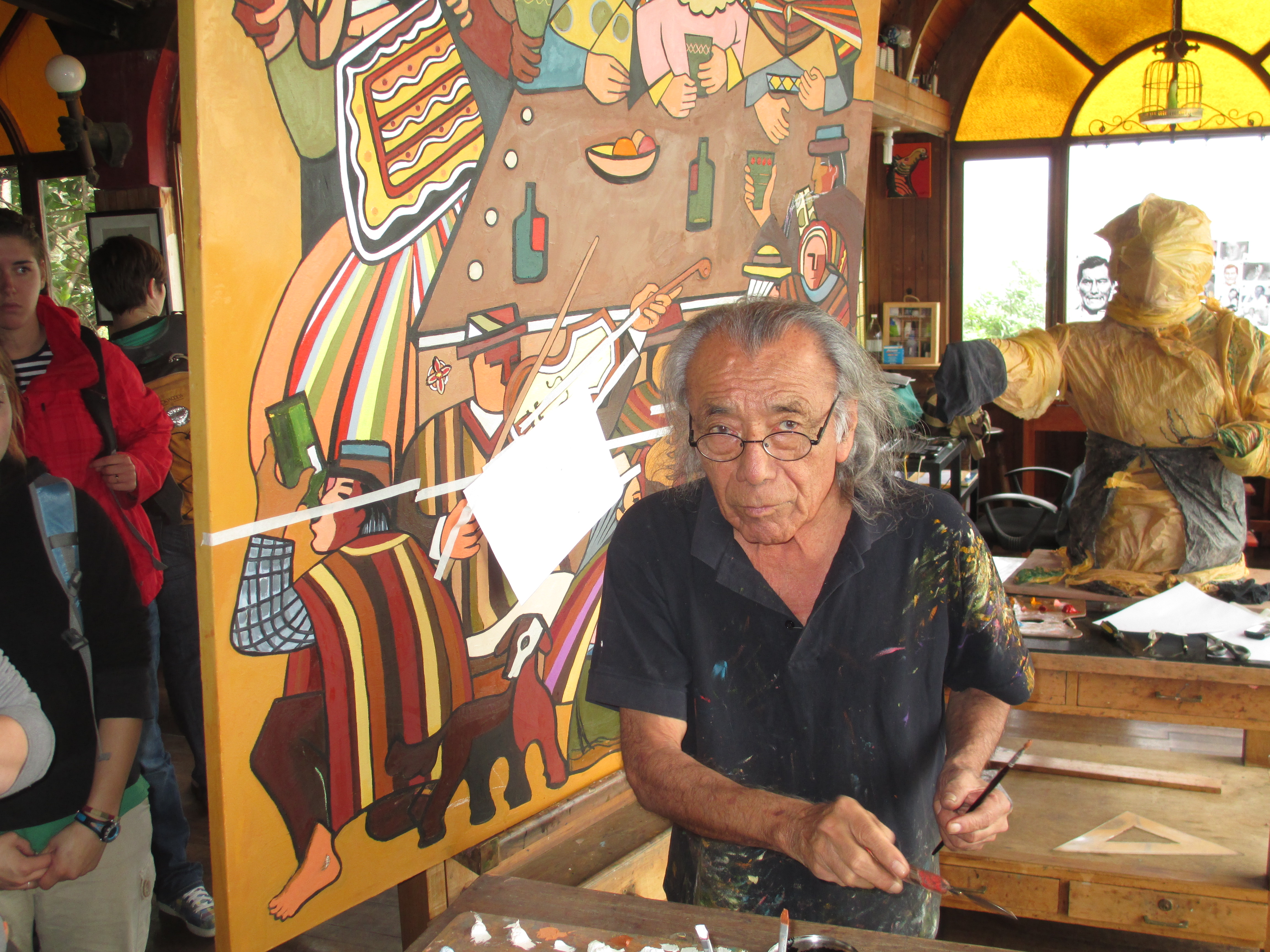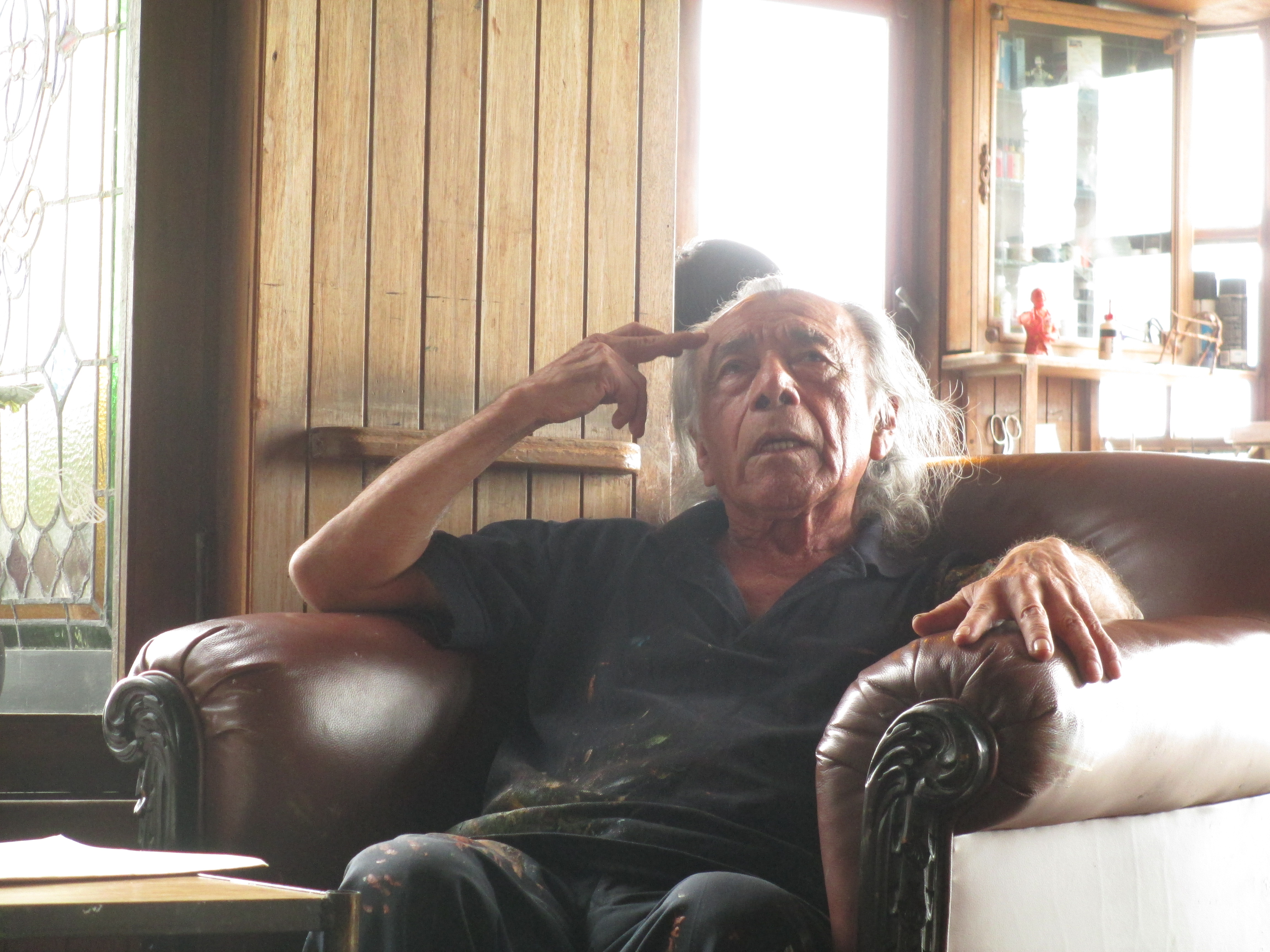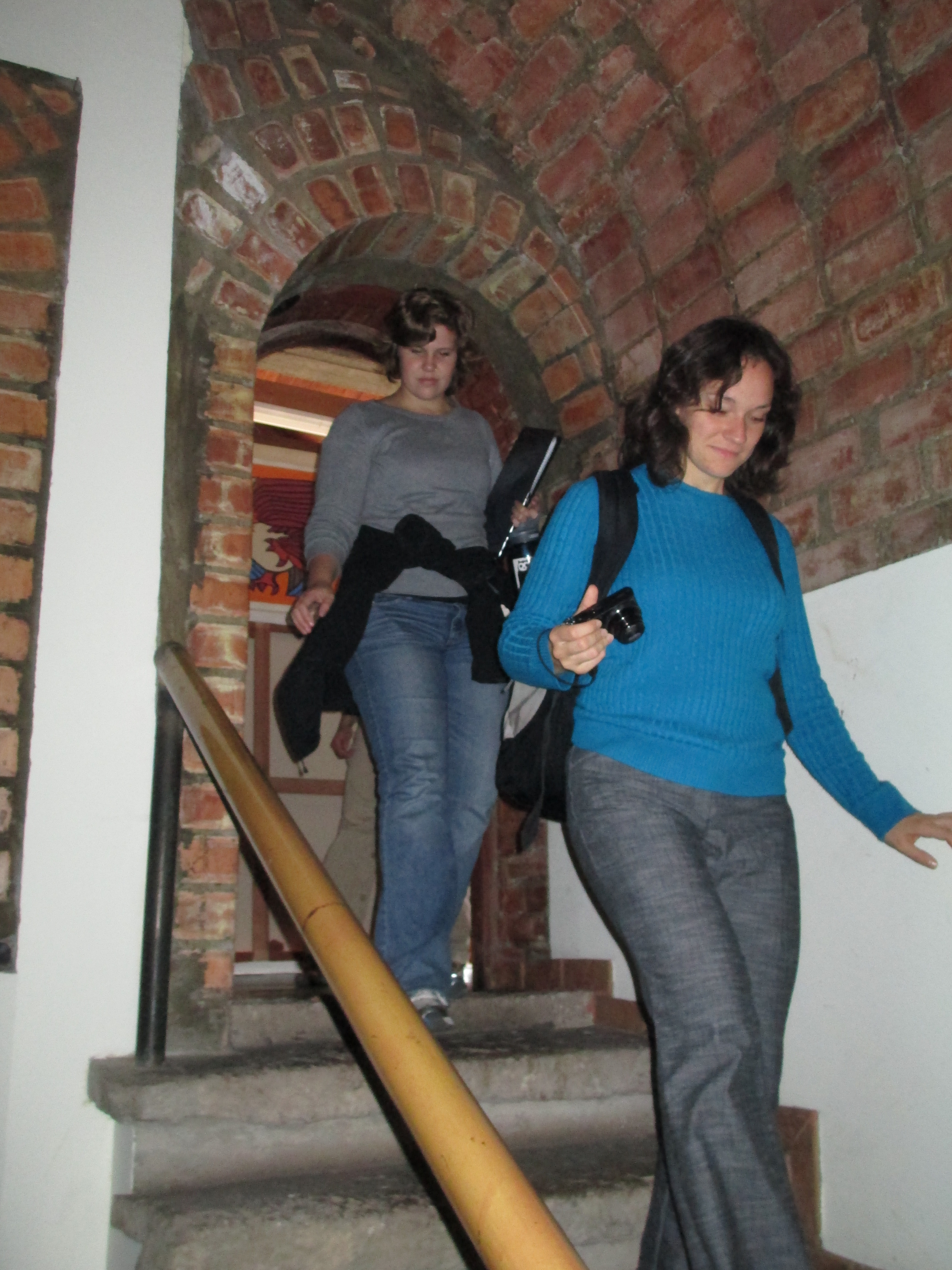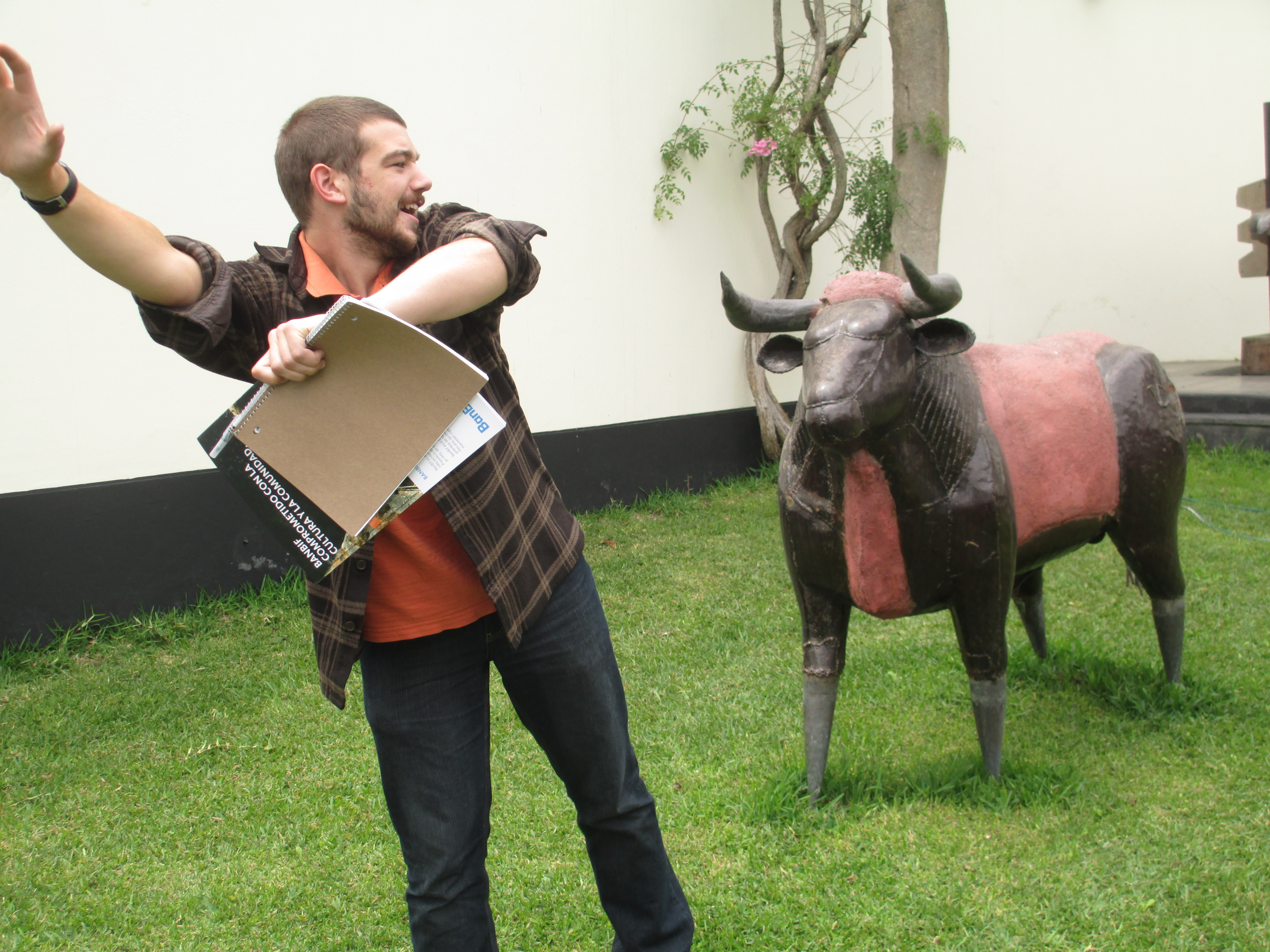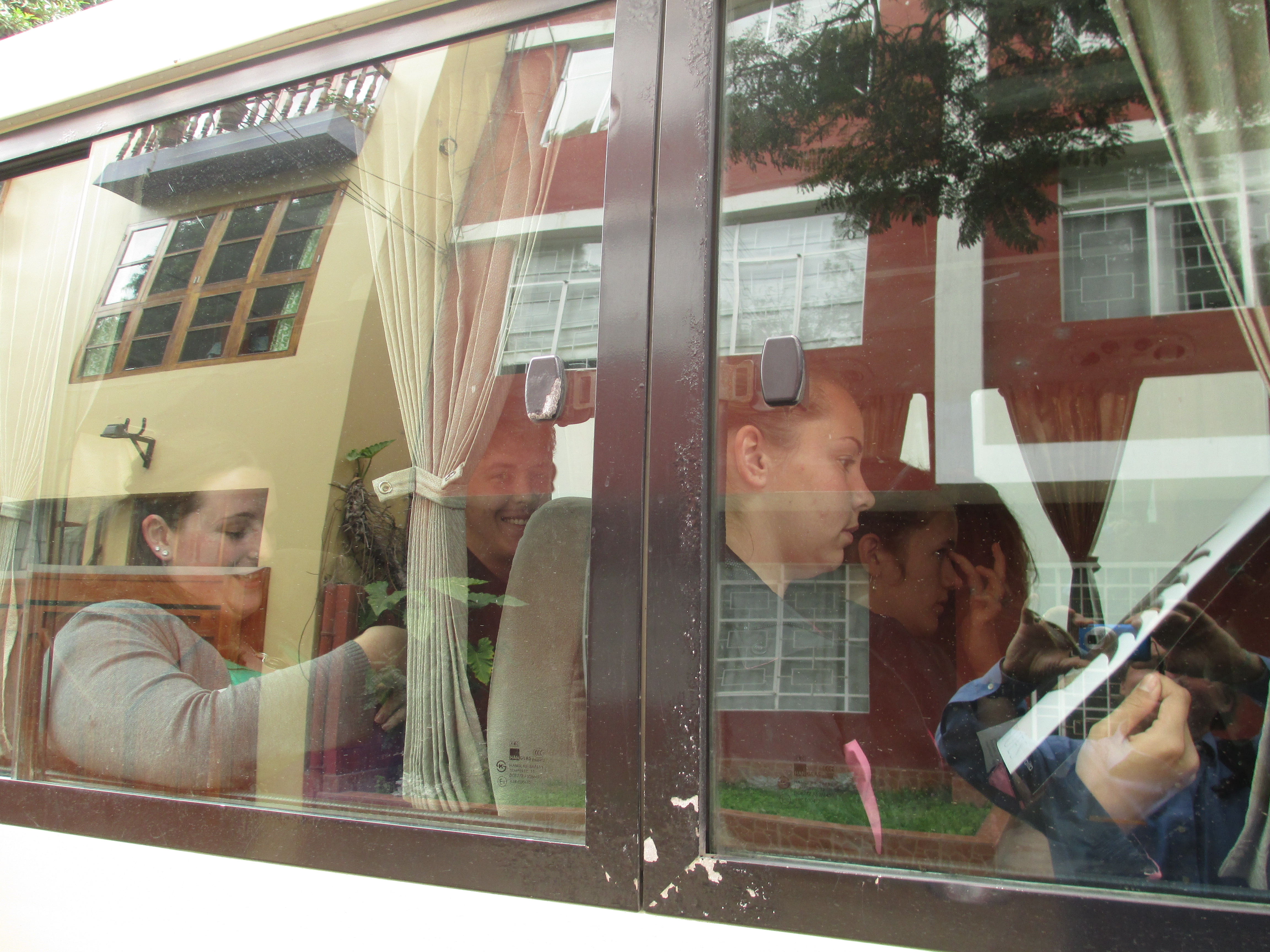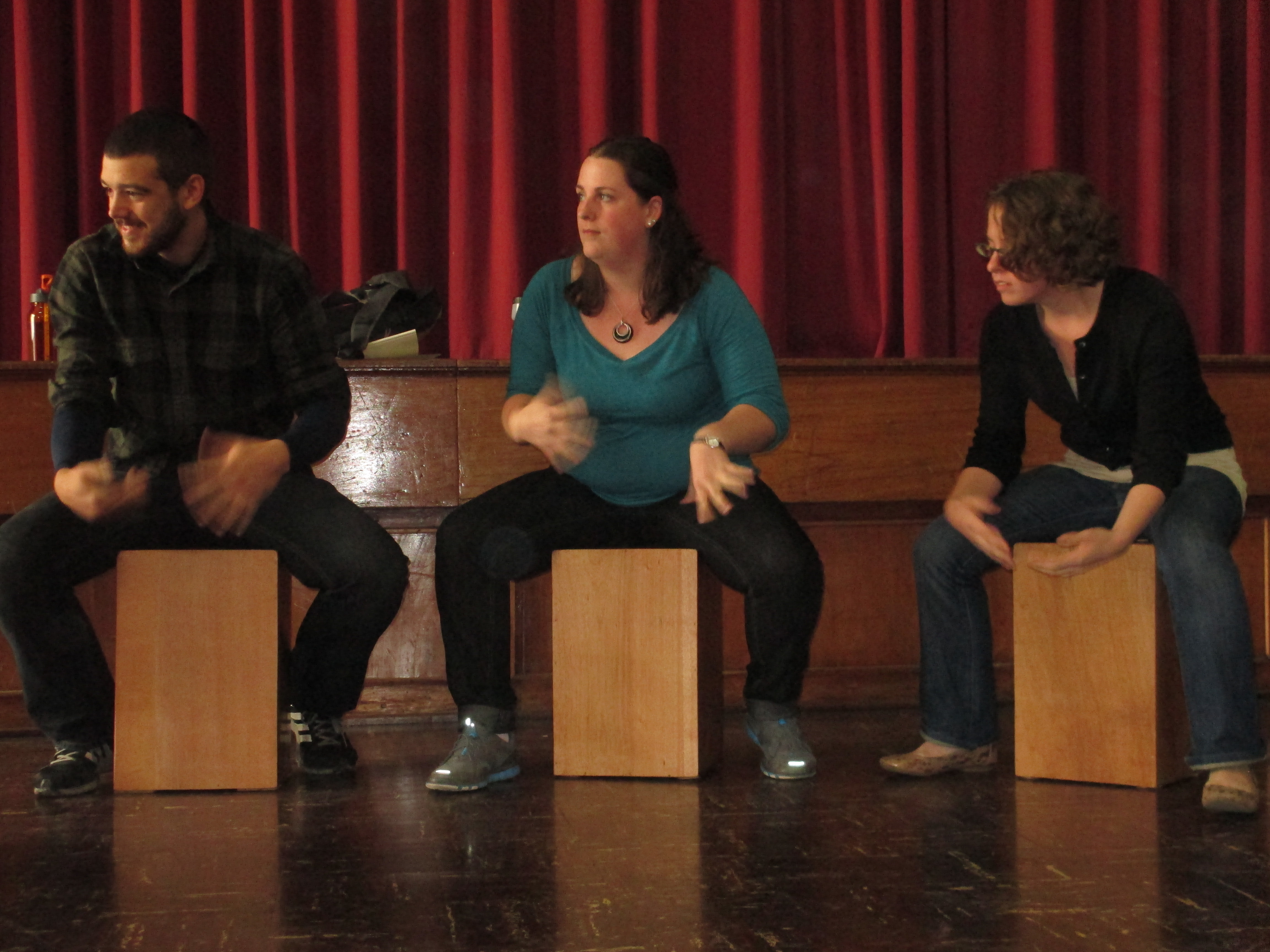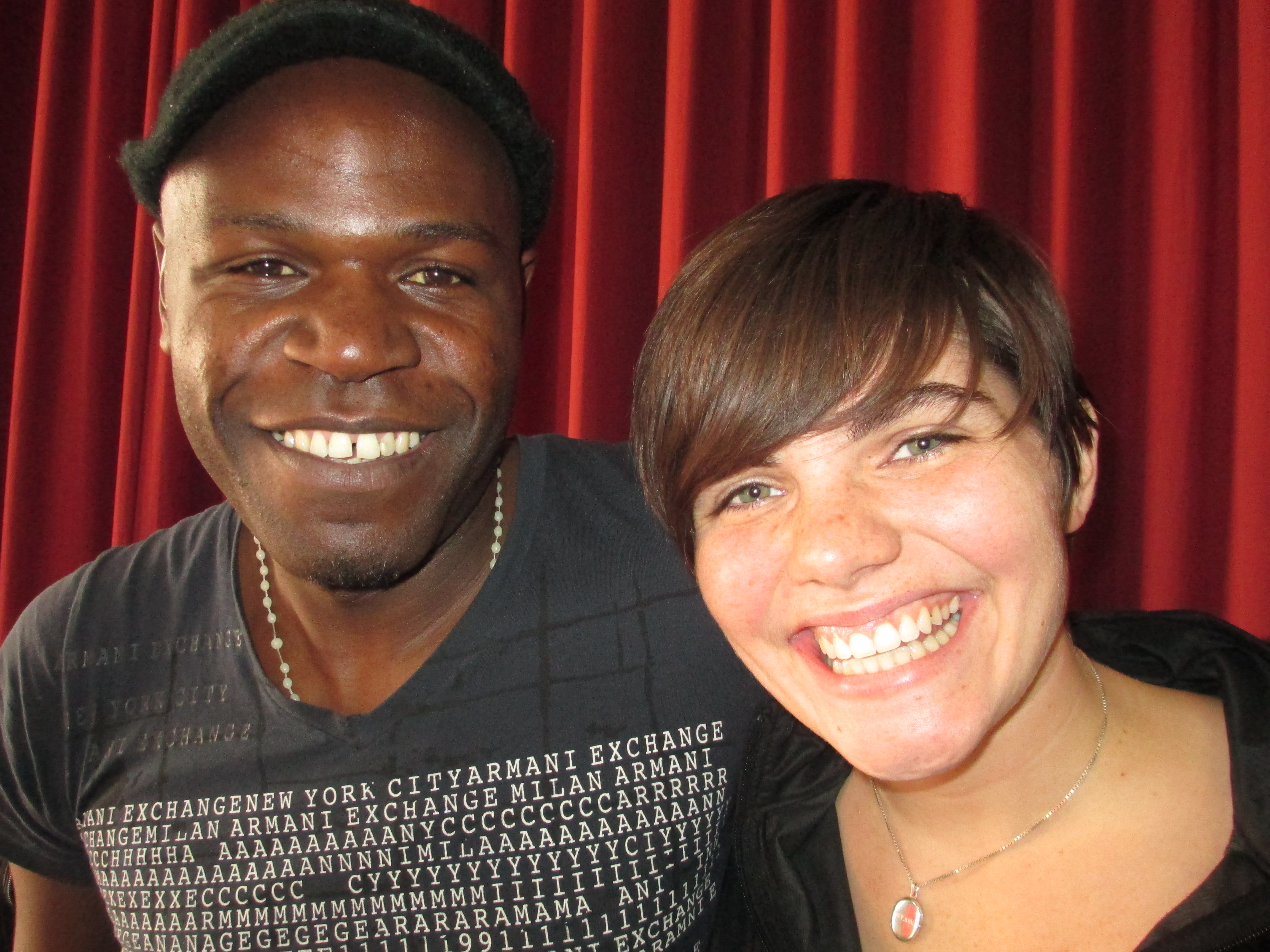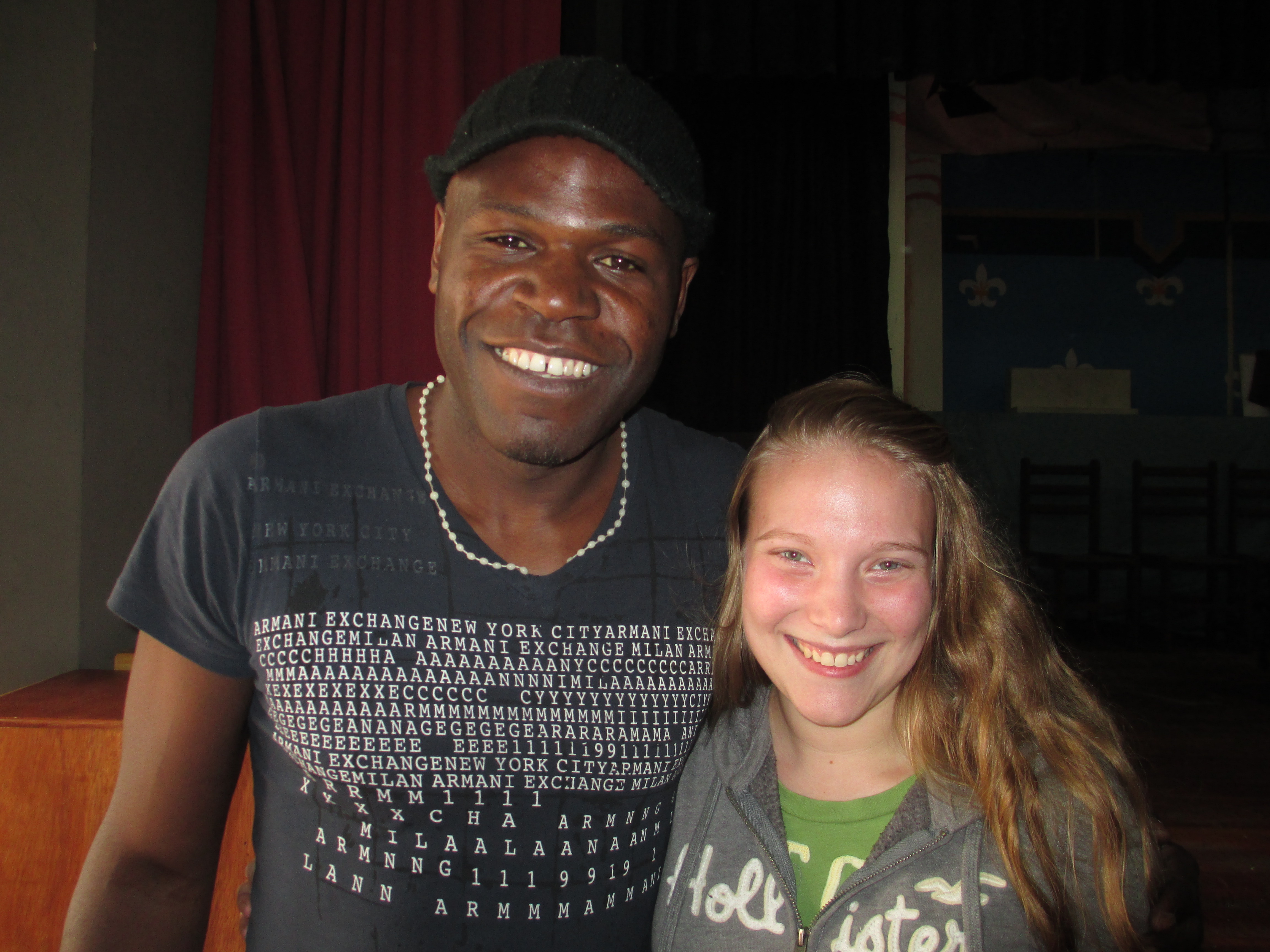Living on the Edge — Class, Conflict and Creativity
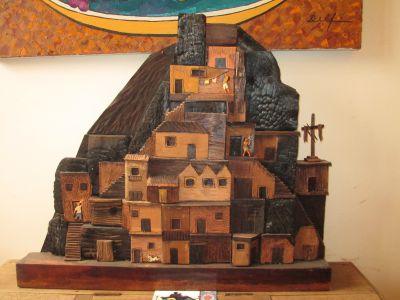
Peru is a “middle-income” country: the average Peruvian earns the equivalent of $10,160 per year, taking into account the local exchange rate and cost of living. But incomes are distributed much less equally than in the U.S. and most other countries on earth. How did the large gap between rich and poor come about? And how does this inequality affect Peru’s politics, religion and art?
Eduardo Arroyo is an author and sociologist who writes on the topic of race and class in Peru. In his talk, Dr. Arroyo explained how income, wealth and political power were concentrated in the hands of the Spanish conquistadors soon after their arrival on the continent in 1532. Almost five centuries later, a relatively small but elite class descended from the Spanish conquistadors, the Criollos, still dominates the centers of political and economic power.
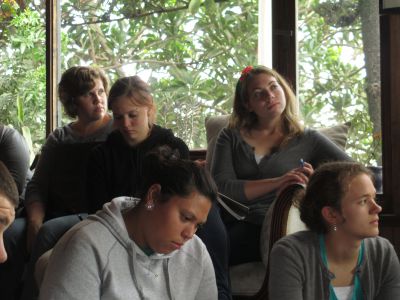
The persistent inequality has led to chronic conflict and is one of the factors that contributed to the rise of the infamous Shining Path terrorist movement in the 1980s and early 90s. Pastor Jerry Acosta described how the movement evolved from communist ideology to brutal violence in his native Tingo Maria. In the end, 70,000 guerrillas, soldiers and citizens lost their lives in the civil war that ensued.
Not everyone living in the margins of society were attracted by the ideology of the Shining Path, however. Father Jeff Klaiber recounted how members of the Catholic Church in the southern mountains near Lake Titicaca reacted to a visit from early leaders of the movement. Influenced by Gustavo Gutierrez, the Peruvian priest who founded Liberation Theology, they believed that “God accompanies the people of the third world on their journey to a better life” and rejected both the ideology and methods of the terrorists.
Others, like artist Victor Delfin, protested publicly against both the Shining Path movement and the government response to the terrorists — about as many people died at the hands of government soldiers as were killed by the terrorists themselves. We visited Delfin’s home and studio space, examining his work in a variety of media and asking questions about his art, politics and philosophy of life.
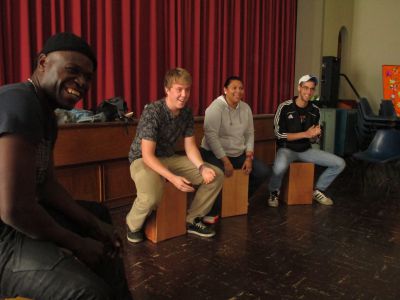
The students also got a chance to learn to play the cajon, a percussion instrument fashioned by Afro-Peruvian slaves from discarded packing crates at the plantations where they lived, worked and died before their emancipation in 1854. Camilo Ballumbrosio grew up in the town of El Carmen, a three-hour drive south of Lima. His family is famous for the music they make and dances they perform — the artistic expression that helped them cope with the injustices suffered during the time of slavery has become a source of inspiration and enjoyment to the thousands of fans who see them perform each year.













